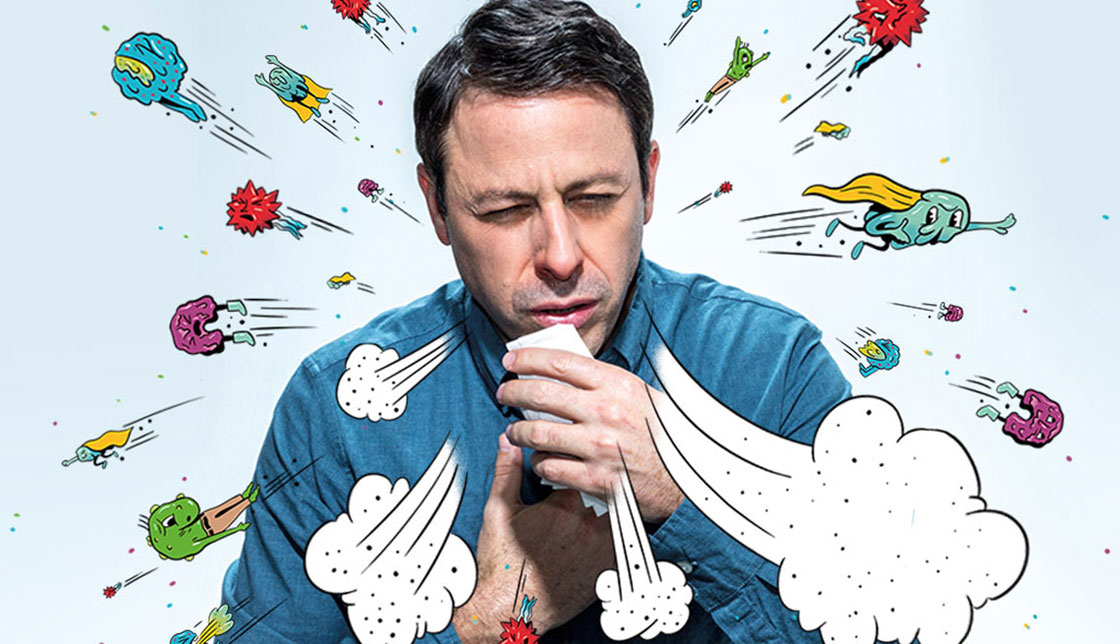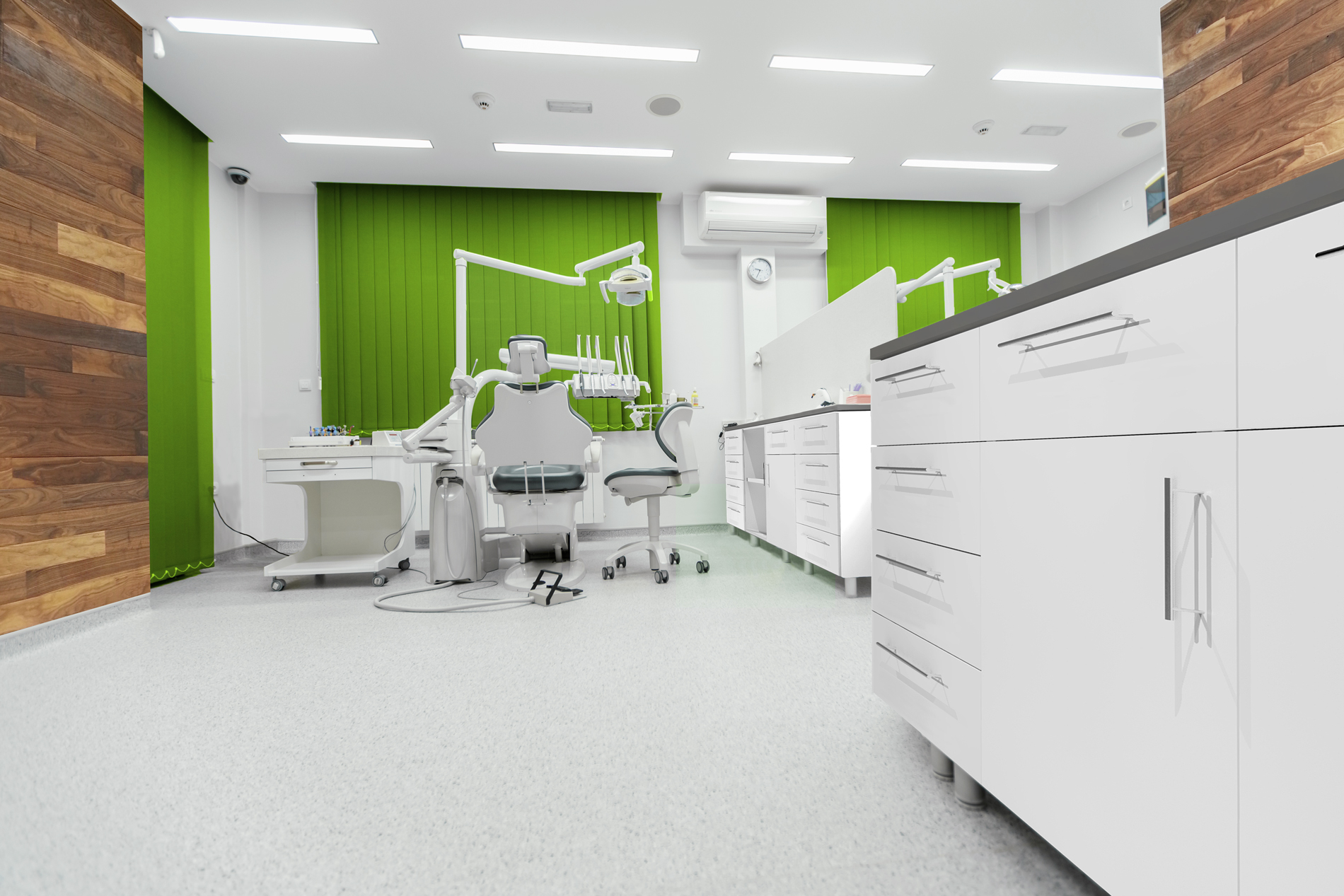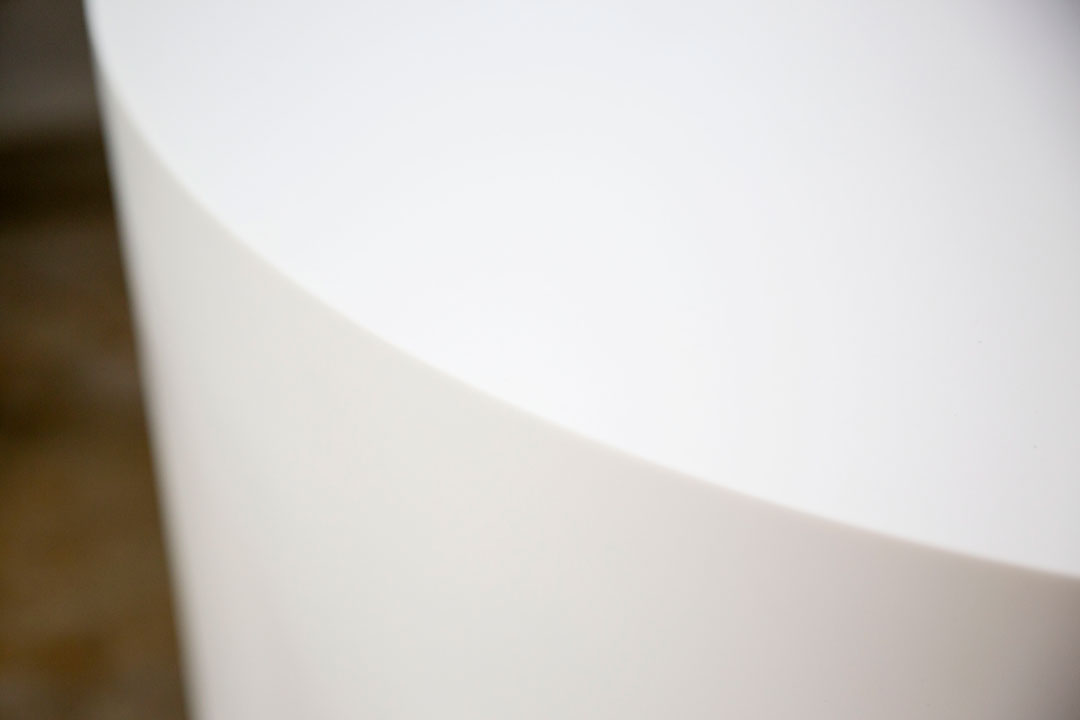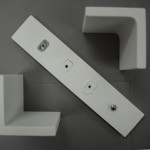Fight HAIs with microbial-resistant Shield Casework
Among the leading causes of preventable deaths are Healthcare-associated Infections (HAIs), which are infections patients contract while receiving medical or surgical treatment. Whether from cross-contamination or unsanitary spaces, patients in healthcare facilities risk further sickness as a result of germs and bacteria spread in hospitals. While there are a number of solutions in place to prevent HAIs, healthcare providers can quickly fight HAIs with microbial-resistant Shield Casework.
HAIs are prevalent in healthcare
HAIs account for 100,000 deaths each year in the U.S., according to research from the Center for Disease Control.
A total of 1.7 million people in the U.S. are infected with HAIs annually. What’s more, these highly infectious and persistent bugs are costing the healthcare industry between $35 and $45 million dollars annually. See the rise of these infections in the chart from the CDC and the Infectious Diseases Society of America.
Keeping surfaces clean
Unclean surfaces can easily become vectors for spreading disease and both the Environmental Protection Agency (EPA) and the Centers for Disease Control and Prevention have recognized environmental surfaces as a vector for transmission of viruses.
The American Society for Healthcare Engineering (ASHE) has found five characteristics that are recommended for safe and long lasting healthcare furniture, which we cover in this blog. Our secret to keeping our furniture following the recommendations is acrylic solid surface, which fully falls into all five characteristics.
In order to easily keep surfaces clean, we have found three main takeaways that will prevent infection transmission.
 ILLUSTRATIONS BY RYAN SNOOK. PHOTOGRAPH BY JEFF MINTON (GROOMER: STEPHANIE NICOLE SMITH)
ILLUSTRATIONS BY RYAN SNOOK. PHOTOGRAPH BY JEFF MINTON (GROOMER: STEPHANIE NICOLE SMITH)
- Understanding how surfaces become contaminated
The World Health Organization (WHO) states on their website that “the disease can spread from person to person through small droplets from the nose or mouth which are spread when a person with COVID-19 coughs or exhales. These droplets land on objects and surfaces around the person. Other people then catch COVID-19 by touching these objects or surfaces, then touching their eyes, nose, or mouth.”
Scientists from the National Institute of Allergy and Infectious Diseases (NIAID), a part of the U.S. National Institutes of Health, simulated a household or hospital setting and mimicked an infected person depositing the virus onto everyday surfaces by coughing, sneezing, or touching other objects. “The tests show that when the virus is carried by the droplets released when someone coughs or sneezes, it remains viable, or able to still infect people, in aerosols for at least three hours. On plastic and stainless steel, viable virus could be detected after three days.” - Cleaning and disinfecting environmental surfaces
There is a difference between the two, per the CDC:
Cleaning refers to the removal of germs, dirt, and impurities from surfaces. Cleaning does not kill germs, but by removing them, it lowers their numbers and the risk of spreading infection.
Disinfecting refers to using chemicals to kill germs on surfaces. This process does not necessarily clean dirty surfaces or remove germs, but by killing germs on a surface after cleaning, it can further lower the risk of spreading infection.
The American Chemistry Council’s (ACC) Center for Biocide Chemistries (CBC) has compiled a list of antimicrobial products that have been pre-approved by the U.S. Environmental Protective Agency (EPA) for use against emerging enveloped viral pathogens and can be used during the 2019 novel coronavirus (COVID-19) outbreak. This product list can be used by business owners, health professionals, and the public to identify products suitable for use during the COVID-19. This list was updated on 3/16/2020.
Additionally, the EPA maintains an online resource with an interactive list of approved disinfectants for use against SARS-CoV-2, the cause of COVID-19. Here you’ll also note the contact time that surfaces should remain wet with the disinfectant before removing.
The CDC recommends cleaning and disinfecting frequently touched surfaces daily, including by not limited to tables, doorknobs, light switches, countertops, handles, desks, phones, keyboards, toilets, faucets, and sinks. It also recommends cleaning dirty surfaces with detergent or soap and water prior to disinfection.
Just as Social distancing has become the recommended means of creating physical space between you and other individuals, what Shield calls surface distancing may help prevent contact with potentially infected surfaces. Simply avoid unnecessary contact with surfaces as much as possible. - Practicing good hygiene
It’s important that personal hygiene take priority in ensuring that safety of others and shared environments.
As outlined by the President’s Coronavirus Guidelines for America, to practice good personal hygiene:
1. Wash your hands, especially after touching any frequently used item or surface
2. Avoid touching your face
3. Sneeze or cough into a tissue, or the inside of your elbow
4. Disinfect frequently used items and surfaces as much as possible
How we fight back
At Shield, we know that HAIs will only become more of an issue within the healthcare space as time moves on. While sanitation and infection control has always been a focus, now more than ever, providers are making sure that their patient room furniture and casework will keep both patients and staff protected.
While some may wonder why we choose to make patient room overbed tables or bedside cabinets, we have an answer. These surfaces are some of the most heavily touched within a patient room and yet the material and functionality of them so often get overlooked. Furniture that patients interact with the most needs to be a bastion of safety, and unfortunately, current patient room furniture made of laminate or stainless steel often does not live up to that quality.
A simple solution: Attack HAIs with microbial-resistant Shield Casework
Recently the CDC detailed this issue, and some of the steps hospitals are taking to combat these HAIs, or so-called superbugs. We agree that these ideas have merit, and challenge hospitals to take their efforts one step further: fight HAIs with microbial-resistant Shield Casework.
The only microbial-resistant line of healthcare casework made entirely from solid surface material, Shield Casework offers superior protection, nonporous design and easy-to-clean radius corners.
Conventional casework requires repairs, whether it’s fixing peeling laminate or removing rust from stainless steel. Any compromise in the surface of casework creates porous space where pathogens can hide.
One-hundred percent solid surface construction allows our casework to remain hygienic in even the most demanding environments with proper cleaning. Our product delivers an unmatched return on investment to create a safe, inviting and healthy clinical environment, allowing healthcare providers to quickly and easily prevent HAIs by simply utilizing our solid surface casework.
Sign up to request a sample kit of Shield Casework (shown below) today, or learn more about the unmatched benefits of Shield Casework.







Sorry, the comment form is closed at this time.